What Is Hip Bursitis (Greater Trochanteric Bursitis)?
Bursae are fluid-filled sacs found at joints that help muscles, tendons, and ligaments move smoothly over bone. Hip bursitis is a condition where the bursae protecting the top of the femur in the hip joint become inflamed causing pain.
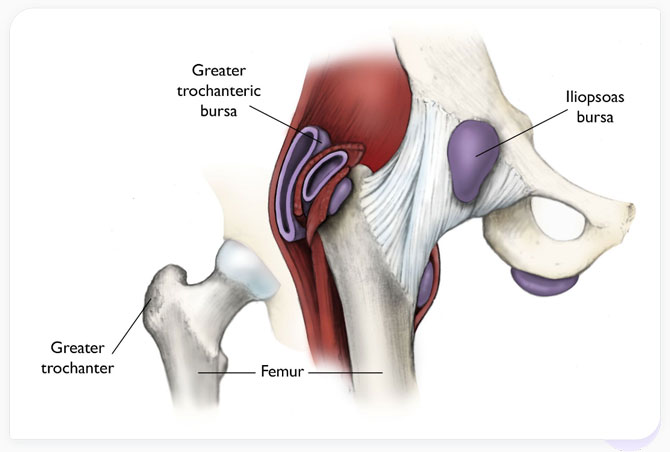
Figure 1. Bursae are small fluid-filled sacs that reduce friction between bone and surrounding soft tissue (e.g., tendons, ligaments, or muscle). Hip bursitis or greater trochanteric bursitis is the inflammation the bursae (shown in blue) in your hip at the top of the femur.
Causes, Signs And Symptoms
The most common hip bursitis causes (trochanteric bursitis) are repetitive overuse and injury, although there are others risk factors. Causes and risk factors for hip bursitis pain include:
- Aging. Age-related wear and tear of the hip joint can cause chronic hip bursitis.
- Chronic diseases: Conditions including arthritis, gout, thyroid disease, tendonitis, and diabetes can increase the likelihood of developing hip bursitis.
- Sports or repetitive activities: Repetitive activities involving the hip can lead to more wear and tear. Athletes and those whose job activities require repetitive movements may suffer from hip bursitis.
- Infections: Infection of the bone or soft tissue surrounding the joint can spread to the bursae.


The most common symptom of trochanteric bursitis (hip bursitis) is pain in the lateral (outside) area of the hip extending to the outside of the thigh. The pain can be sharp and intense or a dull ache emanating from the whole thigh.
Other hip bursitis symptoms may include:- Joint pain and tenderness in the hip
- Hip swelling and warm feeling
- Pain that worsens at night after sleeping on the hip
- Pain when rising from a seated position
- Pain after prolonged squatting, walking, exercise, or climbing stairs
Patients are seen by our specialists in our California-based clinic. Diagnosing hip bursitis is completed using a multipronged approach:
- Medical History: Our doctors will ask you about the nature of your hip pain (e.g., when and under what conditions you experience hip pain). They will ask about activities, prior surgeries, accidents, and trauma to the hip etc.
- Physical Exam: The doctor will check for signs of hip bursitis by testing the range of motion and listening for any cracking or popping noises (crepitus) or tenderness/pain, bruising, and swelling.
- X-rays/Magnetic resonance imaging (MRI): X-rays may be taken to rule out other conditions like hip osteoarthritis but cannot confirm hip bursitis alone. Sometimes an MRI will be required to confirm hip bursitis.

Treatment Options
The StemX clinic offers a range of customized Regenerative Medicine treatments to treat orthopedic injuries including degenerative changes in hips.
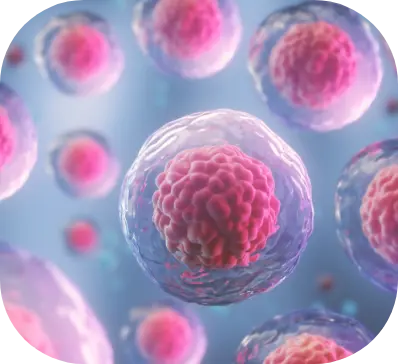
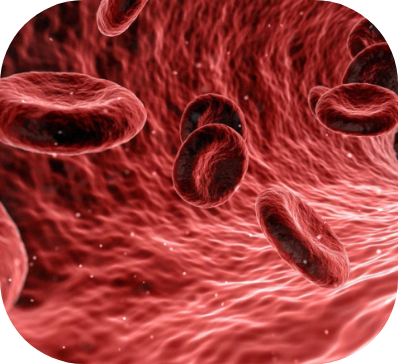
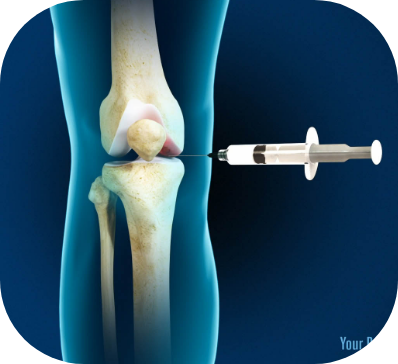
The StemX Approach
StemX is California's leading provider of holistic and regenerative medicine services. Our experts don't just offer popular treatments, but customized medical solutions based on individual needs.
Located in Solana Beach, California, the StemX clinic is composed of a team of expert doctors with years of experience administering regenerative medicine treatments for joint disease. Our team has:
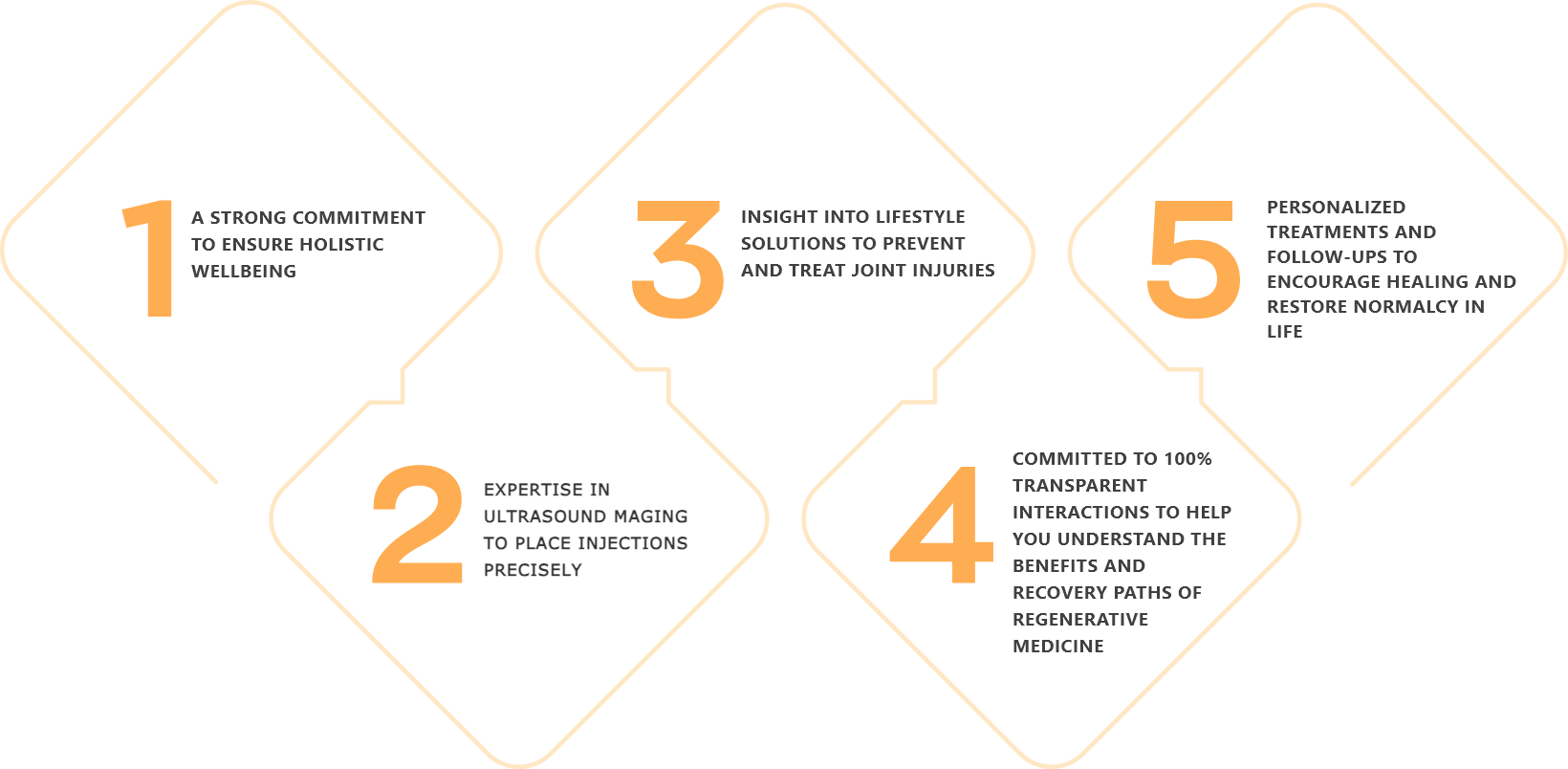
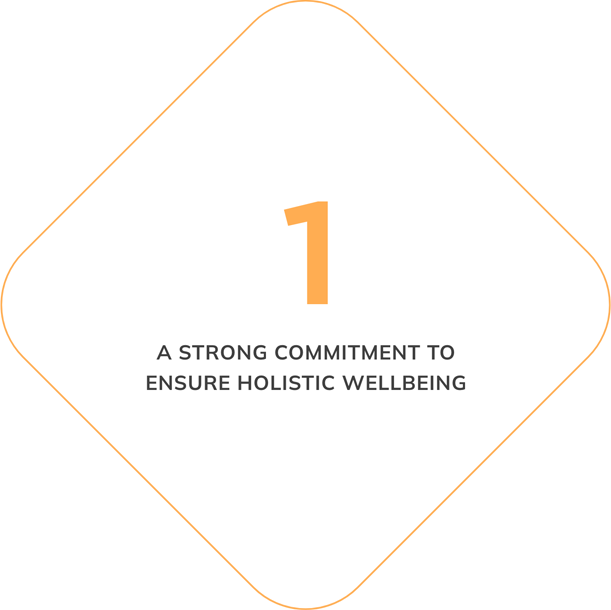
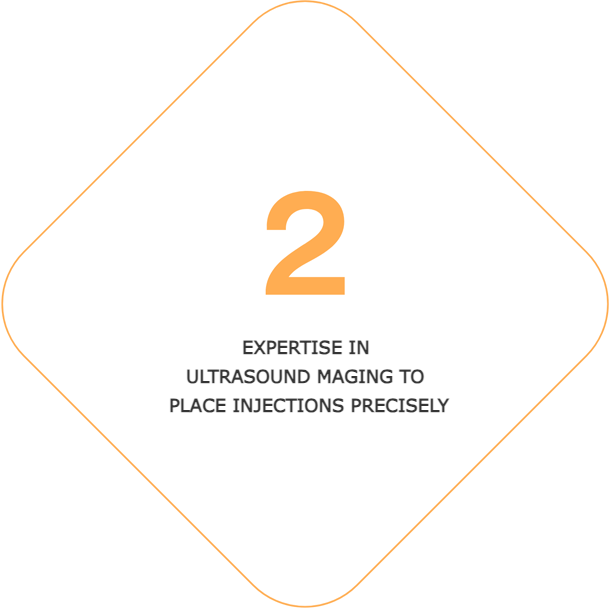
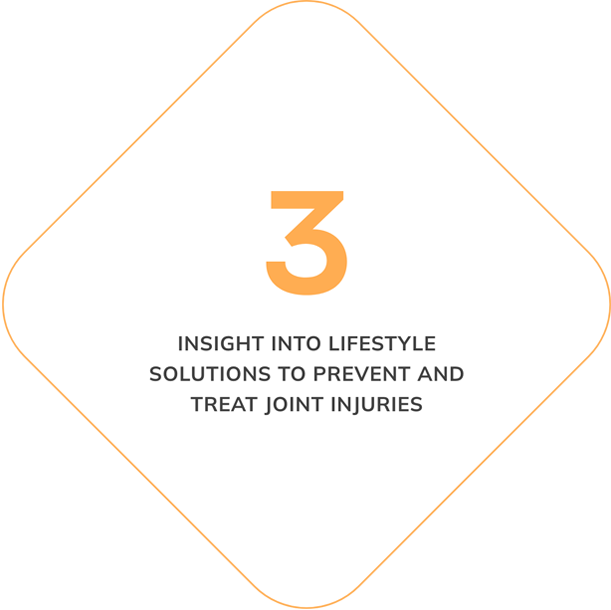
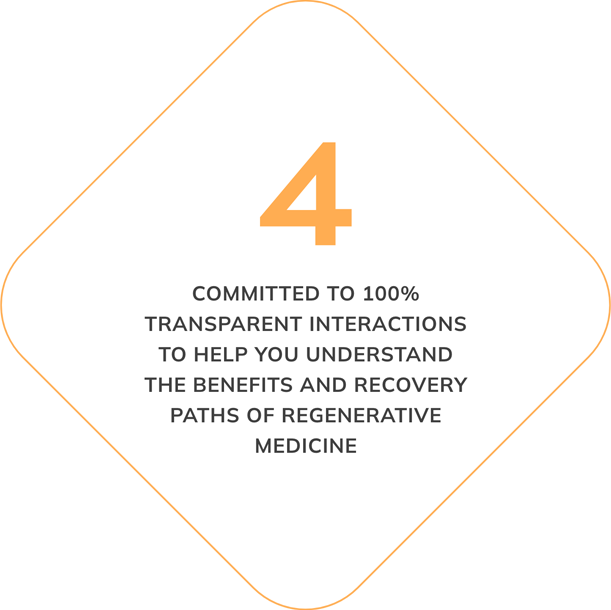
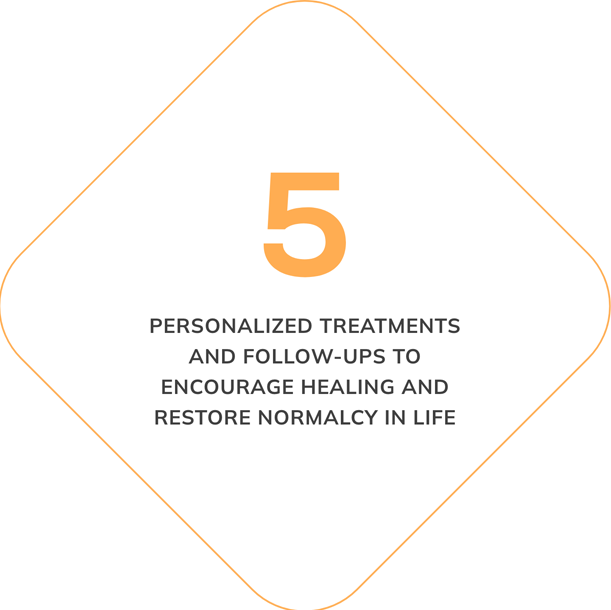
How To Get Started


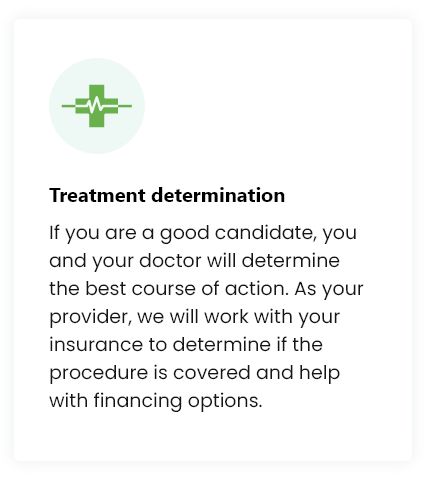

Treatment Procedure
While each treatment may be customized, you can expect your experience to be similar to the following:
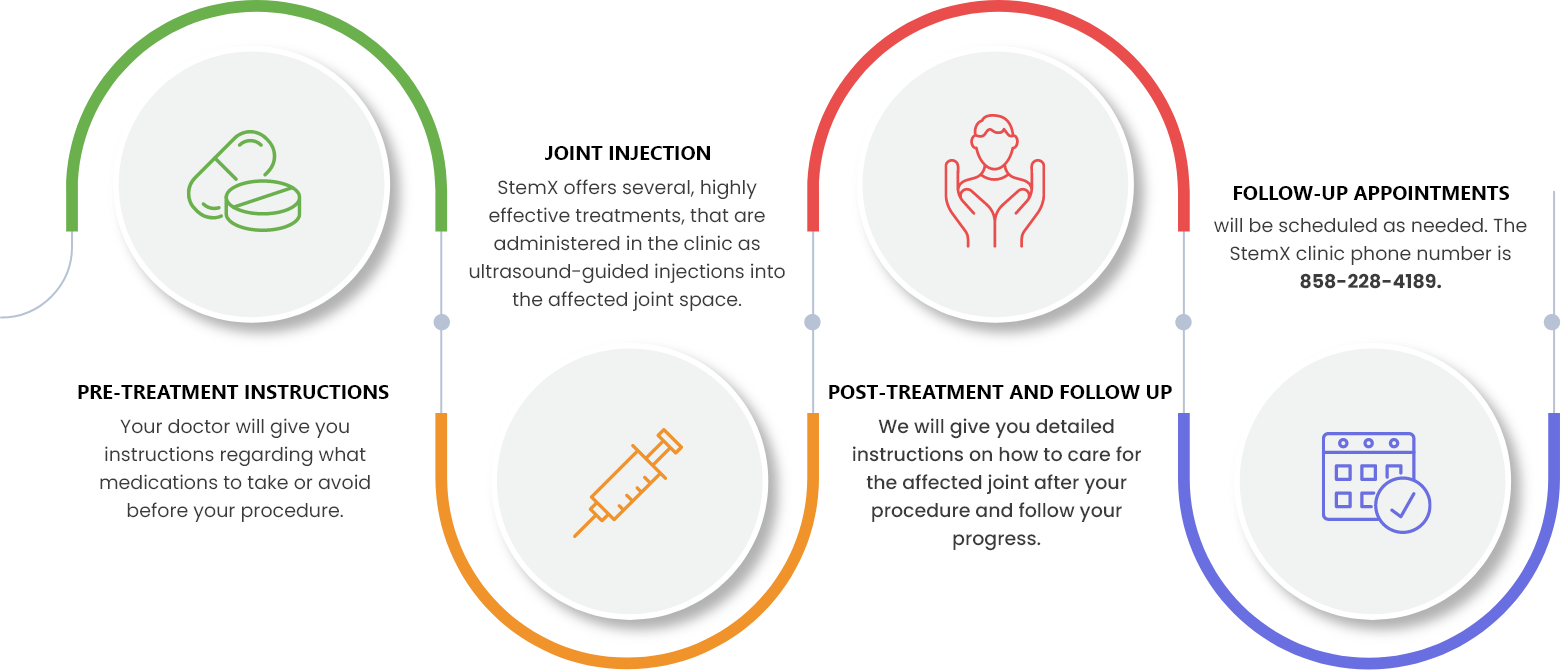
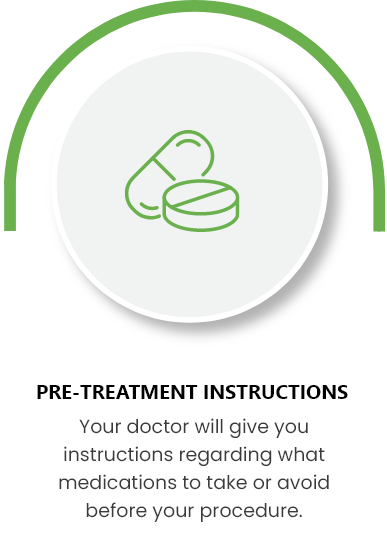
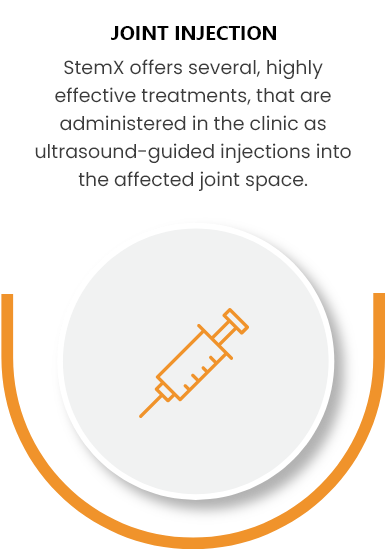
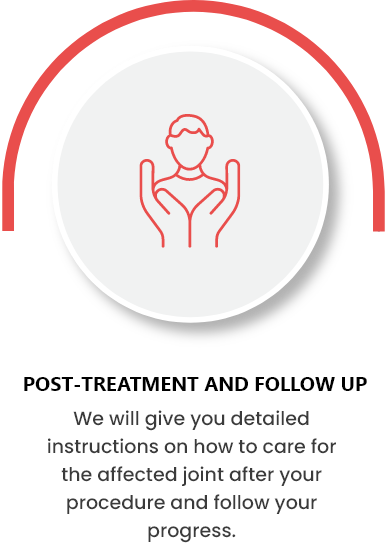
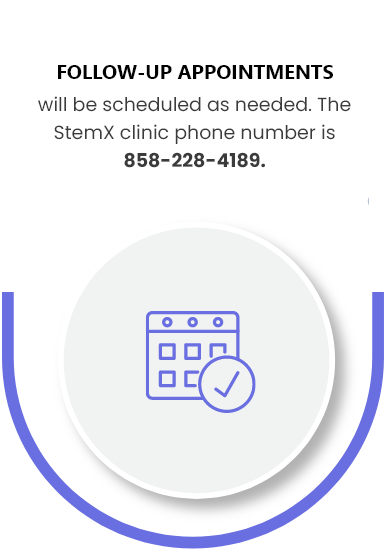
All procedures are conducted in our Solana Beach, California clinic. 124 Lomas Santa Fe Dr #206, Solana Beach, CA 92075.
Frequently Asked Questions
Often bursitis it treated using only rest, ice, and pain killers. This is an inefficient, slow process. Regenerative Medicine treatments can speed hip bursitis treatment decreasing bursitis hip pain.
Greater trochanteric bursitis or hip bursitis can take 6-12 weeks to heal. Regenerative Medicine treatments can significantly reduce hip bursitis treatment time decreasing bursitis hip pain.
Activities involving the hip, poor posture, or anything that applies pressure to the hip can aggravate bursitis hip pain and hip swelling.
Hip bursitis can be diagnosed using, MRI's, ultrasounds, and physical exams. Other tests can be conducted to rule out other conditions.
Minor irritation of the hip bursae can resolve on its own over time given proper rest. However, bursitis caused by an infection must be treated. More serious cases of hip bursitis may be treated naturally with regenerative medicine approaches.
Bursitis can become a chronic condition if left untreated. This can lead to thickened bursae and increased swelling that limits the range of motion. Muscle atrophy can then occur over time..
Hip bursitis can be mitigated by avoiding repetitive activities, losing weight if needed, seeking physical therapy for hip bursitis to maintain strength and flexibility, and by maintaining proper posture.
Greater trochanteric bursitis or hip bursitis can take 6-12 weeks to heal. Regenerative Medicine treatments can significantly reduce hip bursitis treatment time decreasing bursitis hip pain.
Greater trochanteric bursitis or hip bursitis can take 6-12 weeks to heal. Regenerative Medicine treatments can significantly reduce hip bursitis treatment time decreasing bursitis hip pain.
No treatment is permanent if the cause of hip bursitis is not also addressed. However, regenerative medicine approaches have been shown reduce pain and increase mobility much longer than cortisone shots.
Regenerative medicine treatments are not painful. They involve simple injections into area around the affect joint which causes minimal discomfort.



